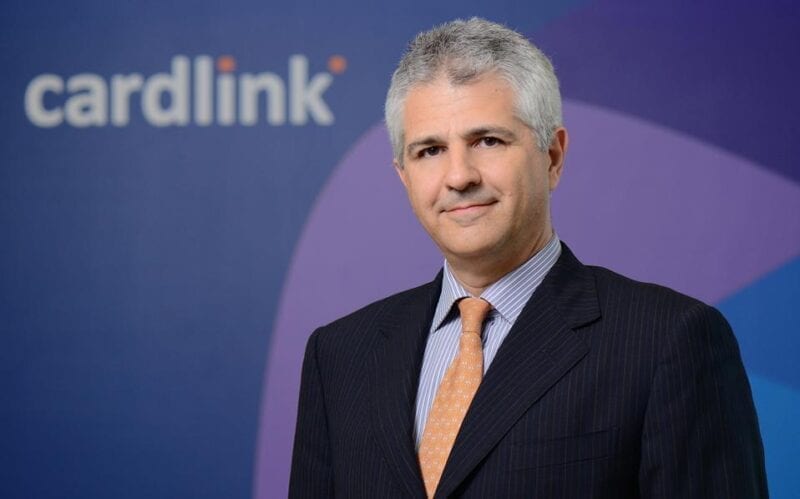George Drimiotis, Cardlink’s CEO, speaks to techpress.gr about the way digital services have transformed electronic transactions.
 Cardlink ‘s logo is daily met when we do payments by card through POS. George Drimiotis, Cardlink’s CEO, reveals the company behind the brand, its upcoming plans, the route of e-payments in Greece and the way that technology at payments can improve our daily life.
Cardlink ‘s logo is daily met when we do payments by card through POS. George Drimiotis, Cardlink’s CEO, reveals the company behind the brand, its upcoming plans, the route of e-payments in Greece and the way that technology at payments can improve our daily life.
– What does Cardlink excel in? Are there any plans to expand your services in the foreseeable future?
The main sector that Cardlink focuses on is the provision of infrastructures so that businesses can engage in online transactions. These services are provided either to banks (so that they can provide them to businesses) or directly to businesses. The most typical infrastructures are Cardlink’s network of POS which consists of approximately 235,000 devices that process more than 400 million transactions per year, and the epayment platform which is available to ecommerce businesses .
We have significant plans for expanding our services. We are currently in the process of launching the Cardlink Pulse, Cardlink maitre and Cardlink Retail products which are intended for businesses and aim to help them in their effort to offer better experiences to their customers, in order to expand and grow their business. Furthermore, in the next few months Cardlink will be officially licensed as a Payment Institution. Through our partnership with banks, this will allow us to upgrade and improve the level of service that we offer to businesses, while providing an one-stop shop for their online payments needs.
– How would you summarize the progress of purchases made using debit and credit cards in our country?
The market has grown exponentially during 2016, 2017 and 2018. In 2018, transactions amounted to 32 billion euros in Greece. For 2019, we predict a 10%-15% growth in the number of electronic transactions, which confirms their increasing presence in the market. With these numbers, Greece has moved up from the bottom of the EU electronic transactions list and now almostapproaches the average.
– How could we further discourage the use of cash, even for smaller transactions?
According to our data, more than 34% of all transactions carried out are for amounts less than €10, while the growth rate of less than €5 transactions is larger than the average increase of the total number of transactions. As a matter of fact, microtransactions are rapidly growing mainly because of the simplicity that contactless transaction technology provides. Placing POS terminals in a highly visible spot for customers as well as their connection to the company’s cash systems can significantly increase all transactions and, especially, microtransactions.
For larger transactions, business-level transactions or even self-employed business operators who traditionally use cash, I believe that the greatest incentive is to deduct these expenses from the consumers’ taxes (and not their income). I think it’s the strongest motivation in order to decrease “off the books” transactions. In the long term, this measure will have a positive outcome because it will increase tax revenues and correct the distortions that exist in the distribution of the tax burden.
– Which technologies do you believe can change the way we do our daily financial transactions in the coming years?
In B2C (business to Consumer) transactions, contactless card technology appears to be the most predominant and easiest way to conduct transactions in the physical world. These transactions have started to expand beyond the common plastic cards and are now being integrated in mobile phones (through e-wallets) as well as mechanisms such as wearables (e.g. smartwatches). QR codes are also an interesting technology, that are used extensively in other markets (e.g. Asia) and can be implemented rather easily.
On the internet and, in a broader sense, in remote transactions, the mechanism which is gaining increasing support are the in-app (payments made through apps) or hidden payments. The client confirms the payment through special apps or messages with no need to enter or present information about the chosen payment method.
In B2B (Business to Business) transactions, banks’ web apps (web banking/mobile banking) are already being extensively used and they are expected to expand even further by connecting with other mechanisms and services such as electronic invoicing, instant discounting and instant loans, in order to better serve businesses’ needs.
You can find the interview (in greek) at the following link here.






